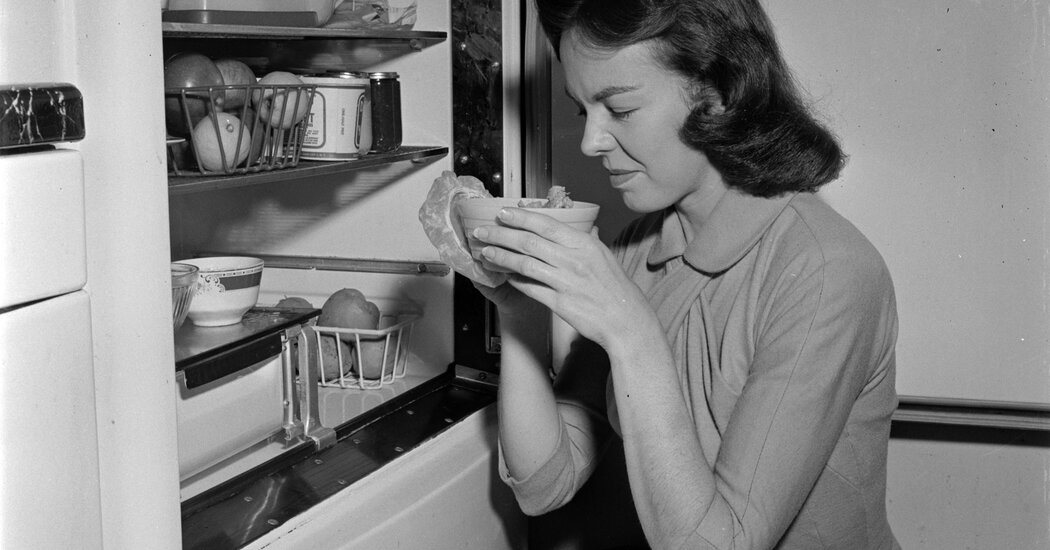
In the vexing moments when we stumble on an abandoned package of chicken thighs in the back of the fridge, we really have to consider two questions: Is it spoiled? And will it make us sick? They aren’t the same thing.
The organisms that spoil food make their presence known, causing it to smell funky, sprout tufts of mold, shape-shift, ooze. But counter-intuitively, “spoilage organisms do not usually make people sick — although the smell or flavor might!” said Barbara Kowalcyk, an associate professor at the Milken Institute School of Public Health at the George Washington University.
Instead, it’s pathogens like salmonella, norovirus, listeria and others, you need to worry about. Not only can they make you sick, they generally can’t be seen, smelled or tasted.
In short, the pathogens that can contaminate food are stealthy, so your best defense — especially for those in vulnerable populations (children younger than 5, adults 65 and older, and pregnant and immunocompromised people) — is to make sure they don’t have time to proliferate.
Below are life spans of some common proteins, as approved by the U.S. Department of Agriculture. They may seem conservative to anyone who’s pulled week-old leftovers out of the fridge and microwaved them an extra minute without incident, but “any recommendations for longer storage time will increase the risk,” said Francisco Diez-Gonzalez, director of the Center for Food Safety at the University of Georgia.
And as always, be sure to follow the basics of safe food storage: refrigerating perishables at 40 degrees Fahrenheit or cooler, never leaving them on the counter for more than two hours (one hour max on a 90 degrees Fahrenheit or hotter day), and being mindful of cross-contamination.



